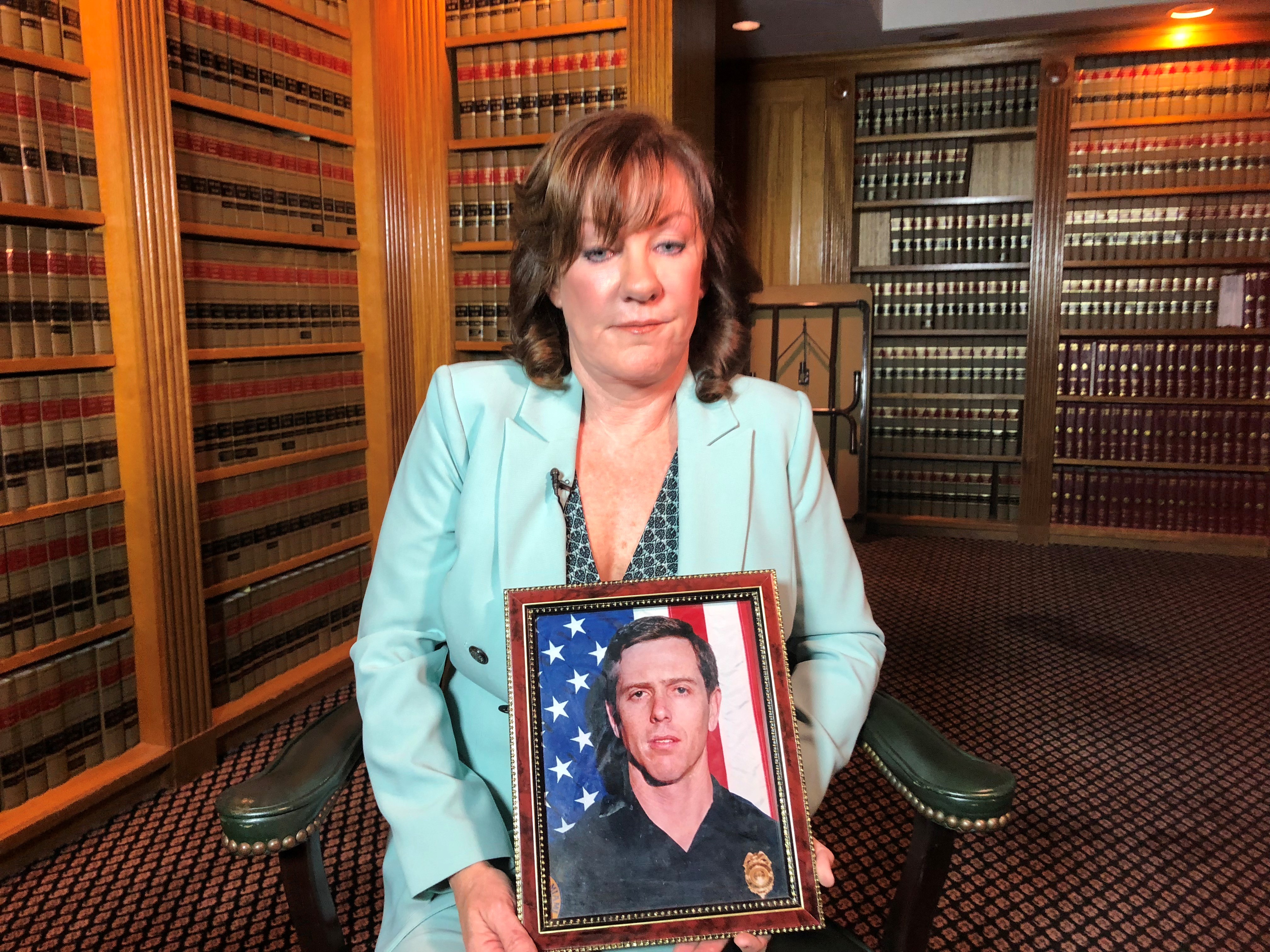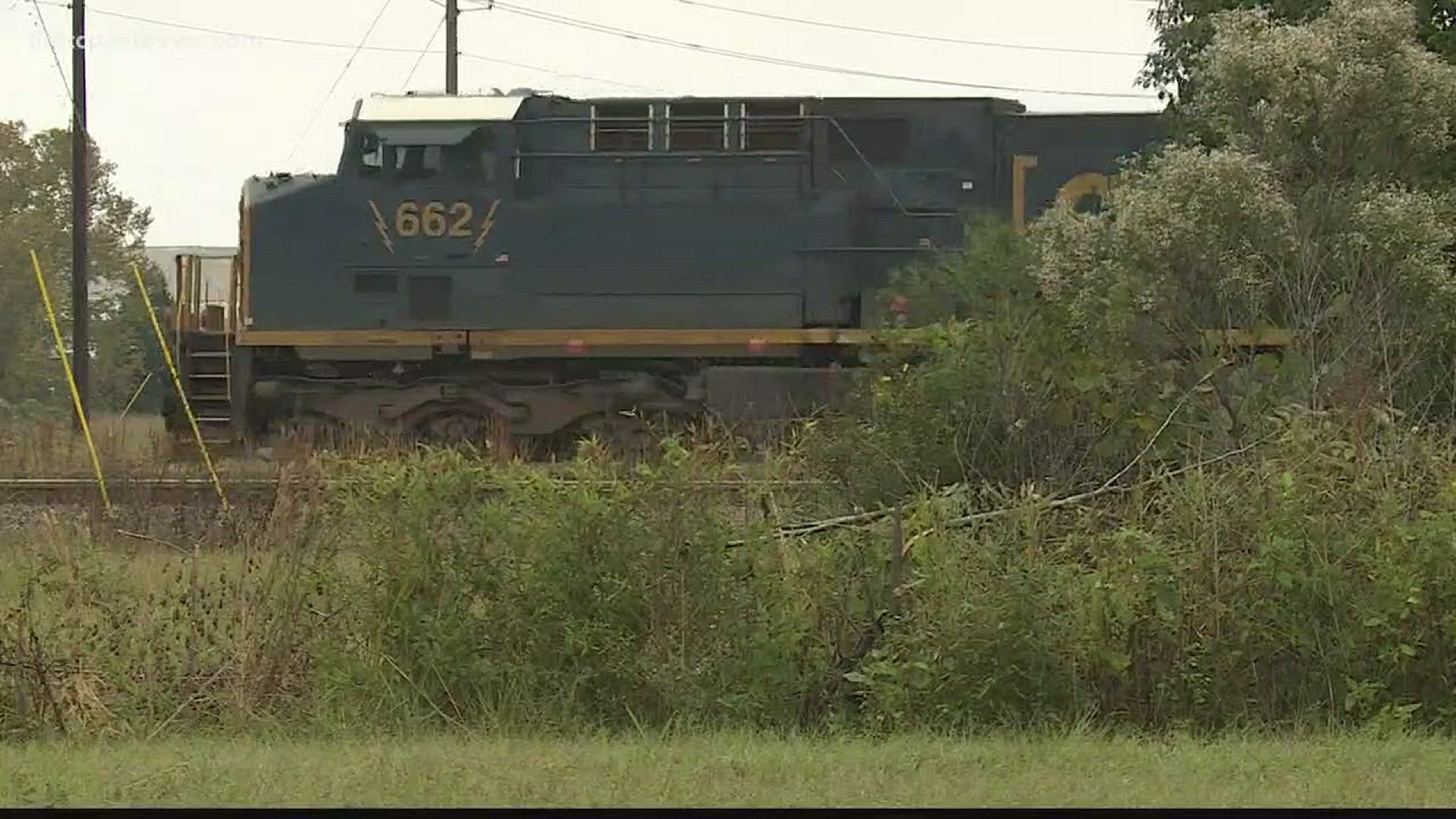Amtrak transports about 31 million people per year. The quasi-governmental entity was started by Congress in 1970. It runs the majority of its routes on rails owned by freight companies like Jacksonville-based CSX.
As part of the deal, when there are accidents - most of the time - it's Amtrak footing the bill for the injuries and deaths on its trains, regardless of who is at fault.
Earlier this month an Amtrak passenger train got diverted off the main line onto a side track causing it to collide with an empty CSX freight train in Cayce, South Carolina.
The crash killed the Amtrak train's engineer Michael Kempf, 54, of Savannah, Georgia, and the conductor, Michael Cella, 36, of Orange Park, Florida. The accident is still under investigation, but the deadly crash didn't come as a surprise to a South Florida woman whose husband was killed about 30 miles from there when the Amtrak train he was on derailed.
"With each derailment, and there's many, I go back through my [depression] and I go back through my experience and have to remind myself this isn't mine," Angelica Palank-Sharlet said.
"This is somebody else's tragedy now."
Holding a picture of her deceased husband, Palank-Sharlet fights back tears when she talks about what happened to him in 1991. Paul Palank, a Miami police sergeant was on an Amtrak train headed to meet her and their two young children at a family reunion in Washington, D.C. when it derailed in Lugoff, South Carolina. He was one of eight people who died.

Palank-Sharlet would later learn the switch on the track the train was on had popped open causing the derailment. CSX was responsible for that track.
An NTSB investigation revealed the pin that held the switch together had been broken for some time. Federal law required CSX to do inspections twice a week. A former CSX employee gave sworn testimony that the rail company had falsified inspection reports.
"They were absolutely derelict in their statutory safety duty, in their failure to inspect this switch, for at least 10 months before this derailment, and that's what killed and injured all the people on the train," attorney Chris Searcy said.
Searcy, who represented Angelica, argued that CSX downsized its maintenance staff responsible for upkeeping and repairing the railroad putting profits before safety. The 17th Circuit Court agreed, saying in its ruling, "Although cost-cutting measures may have saved the defendant two billion dollars, society paid the cost with eight human lives."
"I never abided them saying that Paul died. He didn't just die. He was killed. These people were killed because of financial choices. and that's not an accident," Palank-Sharlet said.
After a decade-long court battle against CSX, Angelica was awarded one of the largest payouts in a train derailment case, totaling about $70 million with interest. About $50 million of that was in punitive damages. She was shocked to learn that money didn't come from CSX. It came from Amtrak's insurance company.
"CSX had a contract with Amtrak that said that no matter whose fault it is where there's an injury on an Amtrak train, even if it's all the fault of CSX's track that Amtrak has to pay and they have to indemnify CSX for anything that they pay," explained Searcy.
And since Amtrak is subsidized by the federal government, the payout came in essence from taxpayers. Why? Freight railroads have private indemnity agreements with Amtrak which say in order to use their tracks, Amtrak generally has to pay for the loss of life and injury to the people on its trains, even when the accidents are the fault of the freight railroad.
"I really believe that every American should know, not in fine print on their little ticket stub, know that the railroad is not liable for any behavior. "If anything goes wrong on the tracks. The railroad doesn't have to pay for it. The government will pay for it," said Palank-Sharlet.
As long as these indemnity agreements are in place, Palank-Sharlet says rail companies have no incentive to put safety before profit.
"A corporation has no conscience," Palank-Sharlet said.
"A corporation has no soul, and a corporation with shareholders has a legal obligation to maximize shareholder wealth. So if they are going to maximize shareholder wealth by killing people and let the federal or the state governments pay for those deaths or injuries then they're not going to practice better business. I'm not just the consumer who's suffering. It's every taxpayer that is footing the bills for these dangers to our consumers."
Dangers that took the life of her husband, and caused her young children to grow up without their father.

"We've got to change our national focus back to caring that the consumer arrives alive and making that primary instead of you know what did the stock market close at today," Palank-Sharlet said.
"What is the good of having a wonderful American society if you don't get to have your loved ones with you?"
CSX declined to speak on camera, but a spokesperson said in a statement:
"Safety remains CSX's top priority. We want everyone to return home to their families at the end of every day, whether they work on the railroad or live in the communities we serve. CSX's goal is to be the best railroad in North America, and that includes being the safest. We continue working relentlessly toward that objective every day."

